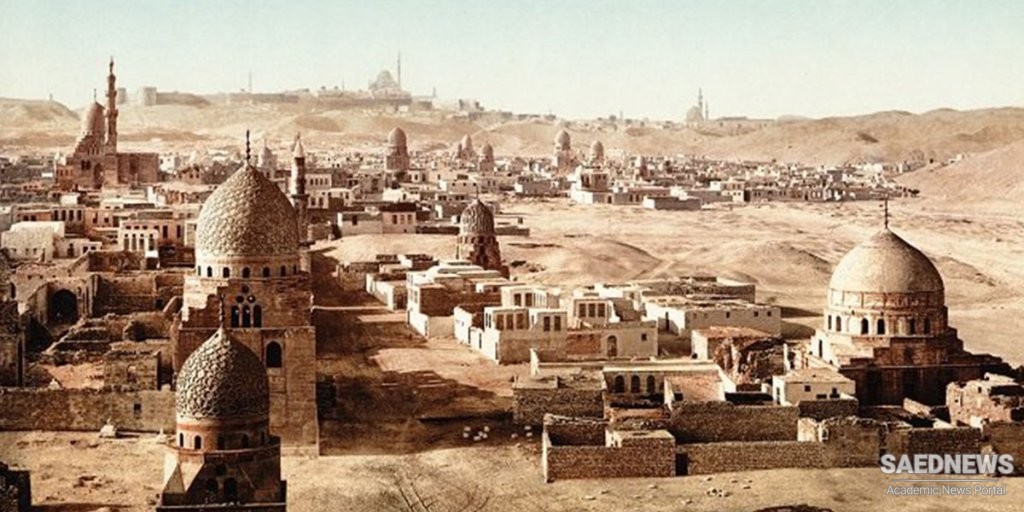The caliphate is the office of religious and political ruler in Islamdom. It went through several stages of historical development. The first four caliphs make up what is regarded by Muslims as the Rashidun, or the caliphate of the rightly guided (r. 632–661). These caliphs were all early converts to islam and close companions oF the prophet Muhammad. For the most part, they continued to model the ideals of Islamic government: upholding proper religious practice and social justice. It was during this period that Islam experienced its most rapid expansion into syria, iraq, persia, and North Africa. The period of the rightly guided caliphate ended in civil war, and the capital of the Islamic empire and the caliphate moved from Medina to damascUs. There the Umayyad caliphate (r. 661–750) became increasingly secular, exercising authority based on the power of the military rather than moral or religious aUthority. The tension between religious legitimacy and secular authority eventually led to the overthrow of the Umayyads in the eighth century by the Abbasids, who moved the capital to baghdad, Iraq. The early abbasid caliphate (750–1258) is regarded as the golden age of Islamicate civilization. In addition to its wealth and power, the caliphate symbolized the united Muslim community (umma), living proof that despite bloodshed and civil war, God had not abandoned his community. When the caliphate’s political power began to decline, the Muslim community held even more tightly to the symbolic significance of the caliphate. Starting in the 10th century, a series of military commanders seized control of the military and political workings of the empire. Eventually, authority was divided up among these commanders, who were known as amirs or sUltans. Due to the symbolic and religious significance of the caliphate, however, sultans claimed to rule on its behalf. Throughout the medieval period, the caliphate and sultanate complemented each other, with the former lending religious legitimacy to the latter, while the sultanate provided the political and military power to defend Islamdom (Source: Encyclopedia of Islam).


 Close Companions of the Prophet Muhammad: Further Spread of Islam
Close Companions of the Prophet Muhammad: Further Spread of Islam














































